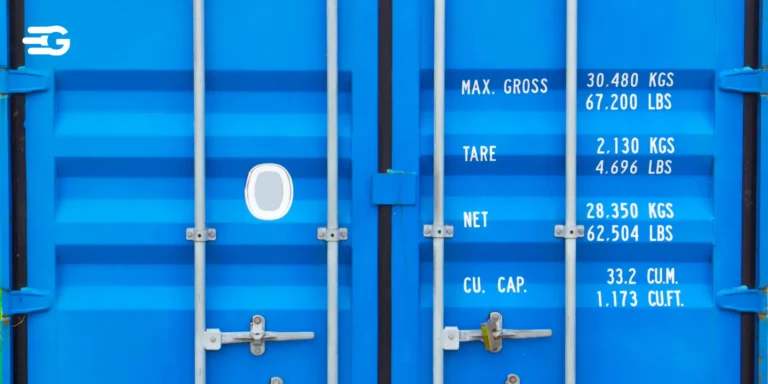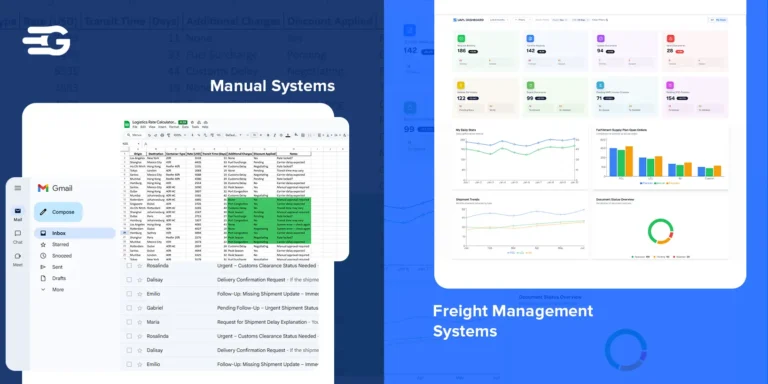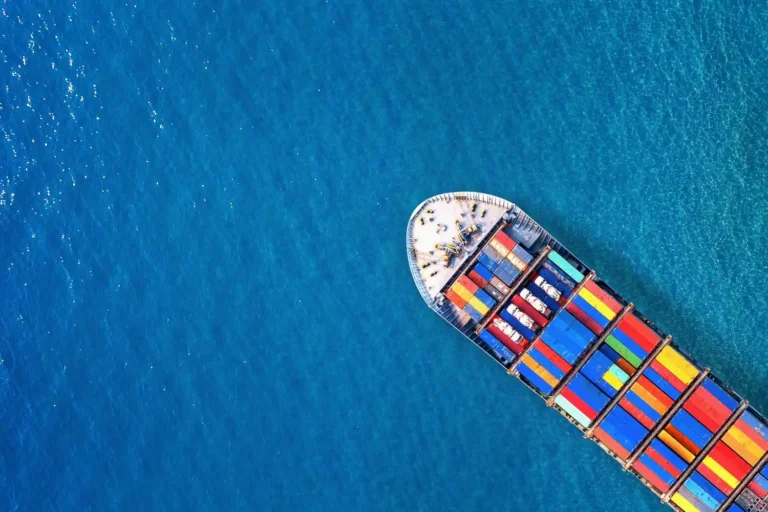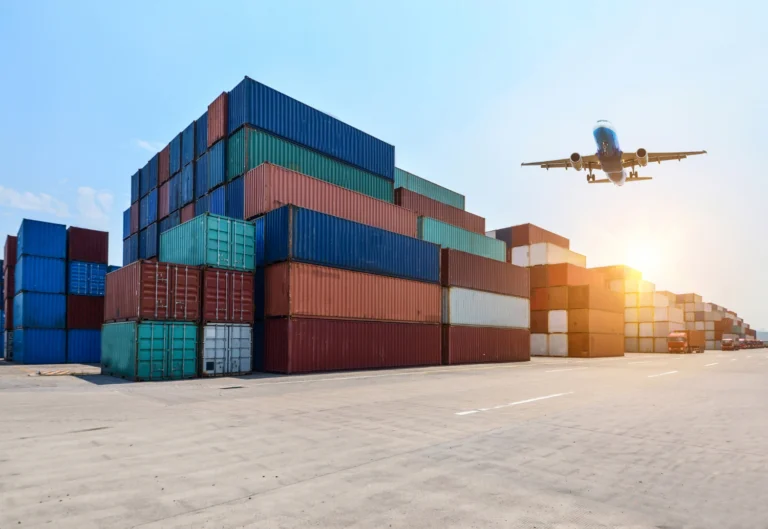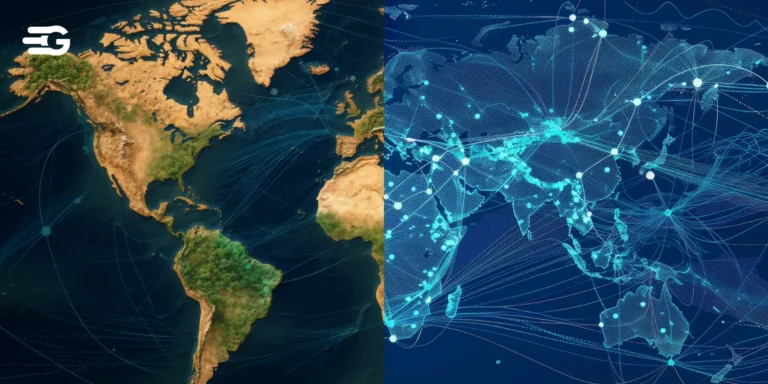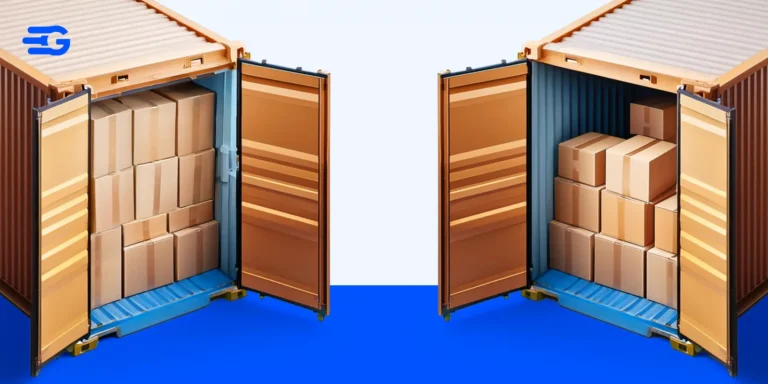COSCO Container Tracking: Step-by-Step Process
COSCO Shipping Lines operates over 400 vessels across 140+ countries and is headquartered in Shanghai. As one of the top global container carriers, COSCO handles large volumes of shipments that require reliable tracking.
Monitoring your containers in real time helps reduce delays and improve delivery accuracy. This guide provides clear steps for tracking your COSCO shipments using standard identifiers, while also explaining the benefits of external tracking platforms.
How to Track COSCO Shipments
You can check your COSCO shipment’s live status online without signing up or installing any software. Here’s how:
Step 1: Visit a COSCO-Compatible Tracking Platform
Open our widely trusted COSCO tracking platform. This is where you’ll input your shipment information.
Step 2: Input Shipment Details
You can track using any of the following:
- Container Number (e.g., CSLU1234567, COSU1234567)
- Bill of Lading (BL) Number
- Booking Number
Enter the relevant number in the search field and submit your query.
Step 3: Review Tracking Results
After submitting your number, the platform will return:
- The current position of your container or the vessel it’s on
- Status updates such as loaded, discharged, transshipped, or delivered
- Projected arrival times at destination ports
- Any disruptions or route changes that could affect delivery
You can also view the historical journey of the container to understand delays or transshipment stops.
Why Look Beyond COSCO’s Own Tracker?
While COSCO’s official website provides shipment visibility, GoComet offers extended capabilities that simplify and improve tracking:
- Supports multiple carriers in a single dashboard
- Enables bulk container or BL tracking
- Real-time ETA alerts and delay notifications via WhatsApp or email
- Saved search history and downloadable Excel/CSV reports
- Unified tracking layout for all carriers
- Detailed port-level milestone updates
- No login required for tracking up to 3 containers
- Referral bonuses and extended limits via free sign-up
- FCL and LCL shipment visibility in one place
- API integrations with ERP, WMS, or TMS tools
These features help logistics teams respond quickly to risks, coordinate across departments, and reduce manual effort.
About COSCO Shipping Lines
COSCO Shipping Lines is a flagship subsidiary of the China COSCO Shipping Corporation, a government-owned enterprise and one of the most prominent names in maritime transport. The company was formed in 1961 and has grown significantly over the decades, becoming a leader in ocean freight services.
Key highlights:
- Operates a fleet of more than 400 vessels
- Handles millions of TEUs annually
- Provides end-to-end logistics and freight forwarding services
- Member of Ocean Alliance alongside CMA CGM, Evergreen, and OOCL
- Headquarters in Shanghai, with offices worldwide
COSCO’s scale, frequency of sailings, and intermodal partnerships make it a preferred carrier for both short-sea and long-haul shipments.
Common COSCO Routes and Port Coverage
COSCO operates across global shipping lanes connecting Asia, Europe, the Americas, and the Middle East. Common trade routes include:
- Tianjin to Long Beach
- Shanghai to Rotterdam
- Ningbo to New York
- Singapore to Hamburg
- Qingdao to Felixstowe
- Guangzhou to Port Klang
Common port codes for COSCO containers:
- Tianjin, Shanghai, Long Beach, Rotterdam, Hamburg, Felixstowe, and Singapore.
COSCO’s international scope makes visibility across these ports critical for proactive supply chain management.
Benefits of Real-Time COSCO Container Tracking
Keeping track of containers in real time is essential for logistics efficiency. Here are some of the ways it helps:
- Identify delays or transshipment bottlenecks
- Anticipate port congestion and adjust delivery schedules
- Communicate accurate ETAs with customers and partners
- Reduce excess storage or demurrage costs by improving planning
- Align transportation planning with downstream operations
Real-time COSCO tracking can also improve team coordination across sourcing, procurement, and transportation functions.
Conclusion
COSCO container tracking helps logistics teams maintain control over cargo as it moves across borders and ports. Whether you’re using a container number, a booking reference, or a Bill of Lading ID, online tracking tools make it easy to check the latest shipment status. This kind of visibility not only prevents surprises but also strengthens your ability to respond to operational risks. In an environment where lead times matter, having accurate tracking is a simple yet powerful advantage.
FAQs
What do I need to track a COSCO container?
You can track your shipment using a container number, Bill of Lading (BL), or booking reference.
Is COSCO tracking data updated in real time?
Yes. Most platforms access live vessel and terminal data to give the most recent status.
Can I use tools other than the COSCO website?
Yes. Independent tracking platforms can provide additional visibility and better alert features.
What should I do if I can’t find my container status?
Make sure your reference number is correctly formatted. If the issue persists, contact support via the tracking portal.
Can I enable notifications for my COSCO shipment?
Yes. Many tools allow email, SMS, or app-based alerts for movement and delay updates.
What are the common container prefixes used by COSCO?
COSCO containers typically use prefixes such as COSU, CSLU, or others depending on leasing agreements.
Does COSCO support bulk or consolidated tracking?
Yes. Many tools let you upload a list of containers or BL numbers to monitor multiple shipments at once.
Is there a way to see the past movement history of my container?
Yes. Some platforms include a movement log showing each terminal, port call, or transshipment event.
